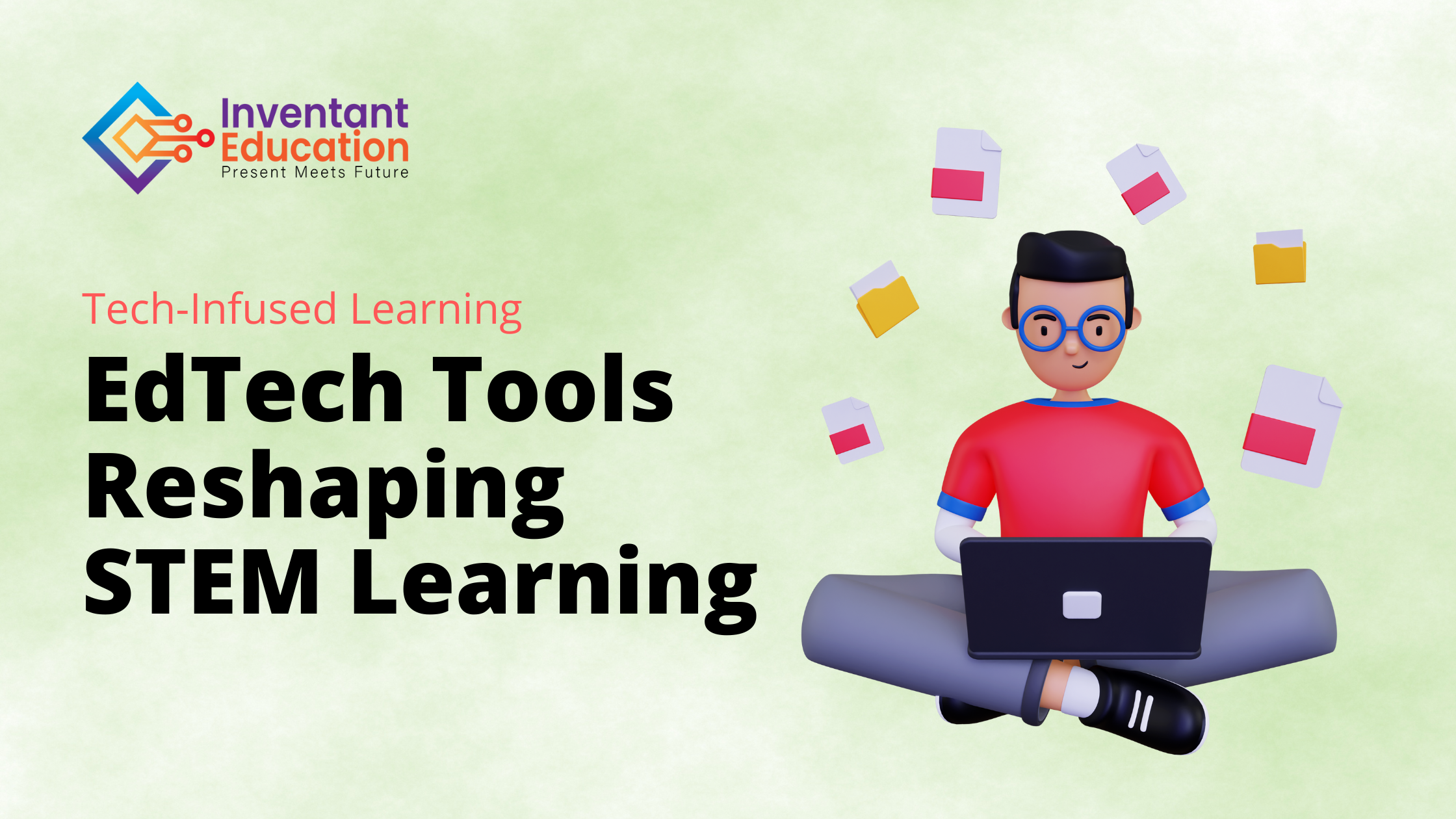The Art of Teaching STEM: Strategies for Engaging Students
In the ever-evolving landscape of education, STEM (Science, Technology, Engineering, and Mathematics) fields have emerged as the driving forces of innovation and progress. As educators, we have the responsibility to inspire the next generation of scientists, engineers, and innovators.
Teaching STEM subjects is not just about delivering facts and formulas; it's an art, that requires innovative strategies to engage students in meaningful ways. In this article , we will delve deep and explore the art of teaching STEM and explore strategies that can ignite student’s curiosity and passion for these subjects.
1. Hands-On Learning:
At the core of effective STEM education lies the principle of hands-on learning. Encourage your students to build, experiment, and discover. Whether it's constructing simple machines, conducting experiments, or coding robots, the tactile experience fosters a deeper understanding and enthusiasm for the subject matter. Hands-on activities turn abstract concepts into concrete, tangible knowledge. When students can touch, build, and interact with the subject, their engagement skyrockets.
2. Relate to Real-World Applications:
One of the most common questions students ask is, "Why do I need to learn this?" The key to sparking interest in STEM is demonstrating its real-world relevance. Share stories of how physics laws are used in the design of roller coasters or how coding skills are essential in developing the latest smartphone app. When students see the practical applications of what they're learning, they become more invested in the subject. It's not just theory; it's knowledge they can apply in their lives.
3. Problem-Based Learning:
STEM fields are all about solving problems and addressing real-world challenges. Why not introduce this aspect into your teaching? Present students with complex, real-world problems that require them to apply their knowledge and creativity to find solutions. Problem-based learning encourages critical thinking and problem-solving skills, keeping students engaged as they tackle these exciting challenges. It also prepares them for the types of problems they will encounter in their future careers.
4. Foster Collaboration:
STEM professions often involve working in interdisciplinary teams. Mirror this reality in your classroom. Encourage teamwork and collaboration among your students. Group projects can enhance engagement as students learn from one another, exchange ideas, and solve problems together. Collaboration not only deepens their understanding but also teaches them valuable interpersonal skills, crucial in any STEM field.
5. Use Technology Wisely:
Embrace technology as a tool to enhance your teaching. Virtual labs, simulations, and educational apps can make complex STEM concepts more accessible and enjoyable. For instance, biology students can virtually dissect a frog, while physics students can simulate experiments in outer space. Explore cutting-edge technologies like virtual reality experiences that immerse students in the subject matter, making learning an immersive adventure.
6. Incorporate Multimedia:
In the digital age, visual aids and multimedia can be powerful tools for engagement. Use videos, animations, and infographics to simplify complex topics and make learning fun. Visual storytelling can ignite curiosity and enhance retention. Consider integrating multimedia elements into your lessons to create a dynamic and interactive learning experience.
7. Encourage Questions:
Curiosity is at the heart of STEM. Create an environment where students feel comfortable asking questions. In fact, encourage them to ask questions. The more they inquire and explore, the more they'll engage with the subject.As a teacher, your role is not just to provide answers but to guide students on their quest for knowledge.
8. Field Trips and Guest Speakers:
Taking learning beyond the classroom can be a transformative experience. Organize field trips to science museums, engineering firms, or tech companies. These excursions expose students to the real-world applications of STEM and provide context for their learning. Additionally, invite guest speakers from various STEM fields to share their experiences and insights. Exposure to professionals can inspire students and help them understand the myriad career paths available to those with STEM knowledge.
9. Make Learning Personal:
Recognize that each student has unique learning preferences and paces. Tailor your teaching to accommodate these differences. Provide resources for self-directed learning, and encourage students to explore topics they are passionate about. Personalized learning ensures that each student is engaged and challenged at their individual level. It's a powerful way to cater to the diverse needs of your students.
10. Celebrate Achievements:
Lastly, remember to acknowledge and celebrate your students' achievements, no matter how small. Create a culture of appreciation for their efforts. Positive reinforcement and recognition can boost motivation and engagement. When students know that their hard work is valued and celebrated, they are more likely to stay engaged and continue their journey in STEM.
In the art of teaching STEM, our goal is not just to impart knowledge but to kindle a lifelong love for science, technology, engineering, and mathematics. By incorporating these strategies into your teaching, you can make STEM education a dynamic and transformative experience. As we strive to engage the next generation of innovators, the art of teaching STEM plays a crucial role in shaping a brighter, more technologically advanced future. It's a journey that will not only empower students with knowledge but also inspire them to be the change-makers of tomorrow.

.png)
.png)
